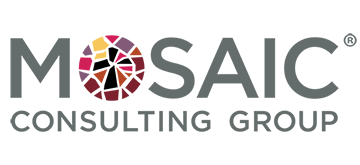Efficiently managing a workforce is a critical aspect of any organization’s success. However, the complexities of modern businesses, coupled with evolving workplace dynamics, have given rise to numerous challenges in workforce management. From scheduling and compliance to employee engagement and data analytics, organizations are constantly seeking solutions to optimize their workforce operations. This article explores some of the top challenges faced in workforce management and highlights how UKG Dimensions can help overcome them.
-
- Scheduling and Shift Management:
One of the primary challenges in workforce management is creating and managing schedules that meet the demands of the business while ensuring fairness and compliance. With evolving labor laws, varying employee preferences, and the need for flexibility, organizations often struggle to strike the right balance. UKG Dimensions offers advanced scheduling capabilities that leverage artificial intelligence and machine learning algorithms to generate optimized schedules. It takes into account factors such as employee availability, skills, and labor laws to ensure efficient workforce utilization and improved employee satisfaction. - Compliance and Regulatory Requirements:
Navigating complex labor laws and compliance regulations is a major concern for organizations. Failure to comply with these regulations can result in costly penalties and legal issues. UKG Dimensions helps organizations stay compliant by automating time and attendance tracking, leave management, and scheduling in accordance with labor laws and union agreements. The system can generate accurate reports and ensure that employees are appropriately compensated for their work, reducing the risk of compliance violations. - Employee Engagement and Retention:
Engaged and satisfied employees are more likely to be productive and committed to their organizations. However, maintaining high levels of employee engagement is a challenge for many businesses. UKG Dimensions includes features that promote employee engagement, such as self-service portals, mobile access, and real-time communication tools. By empowering employees to manage their schedules, request time off, and access important information, UKG Dimensions fosters a sense of autonomy and transparency, leading to increased employee satisfaction and retention. - Absence and Leave Management:
Managing employee absences and leaves can be time-consuming and complex, especially in organizations with a large workforce. UKG Dimensions streamlines the absence and leave management process by automating the request and approval workflows. It provides a centralized system where employees can submit their requests, managers can review and approve them, and the HR team can track and manage absences effectively. This automated approach reduces administrative burden, ensures consistency in leave policies, and minimizes errors or discrepancies. - Data Analytics and Reporting:
Data-driven insights are crucial for making informed decisions in workforce management. However, many organizations struggle with data collection, analysis, and reporting. UKG Dimensions offers robust analytics and reporting capabilities, providing real-time visibility into key workforce metrics. Managers can access comprehensive reports on labor costs, productivity, overtime, and compliance, enabling them to identify trends, optimize resource allocation, and make data-driven decisions to improve overall workforce performance.
- Scheduling and Shift Management:
Workforce management poses numerous challenges in today’s dynamic business landscape. However, leveraging modern technology solutions such as UKG Dimensions can alleviate these challenges and enhance operational efficiency. From scheduling and compliance to employee engagement and data analytics, UKG Dimensions provides a comprehensive workforce management platform that empowers organizations to optimize their workforce operations, drive productivity, and foster a positive work environment. By addressing these challenges head-on, organizations can position themselves for success and stay ahead in an increasingly competitive marketplace.
If you need help with your UKG Dimensions software, we have experts ready and available to assist! We can help you implement or optimize your system to ensure you are taking advantage of all of the features that UKG Dimensions offers. Reach out to us to learn more!

